
| Tasmanian Cutworm (one synonym : Mamestra confundens Walker, 1869) HADENINAE, NOCTUIDAE, NOCTUOIDEA | (donherbisonevans@yahoo.com) and Stella Crossley |
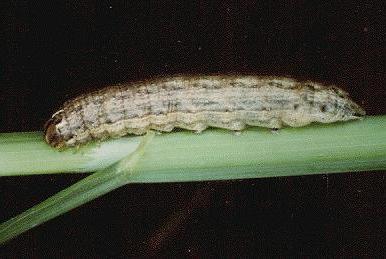
(Photo: courtesy of Merlin Crossley, Melbourne, Victoria)

| Tasmanian Cutworm (one synonym : Mamestra confundens Walker, 1869) HADENINAE, NOCTUIDAE, NOCTUOIDEA | (donherbisonevans@yahoo.com) and Stella Crossley |

(Photo: courtesy of Merlin Crossley, Melbourne, Victoria)
This Caterpillar is brown above and greyish brown below. A cream lateral line extends onto the orange head capsule. The front of the head capsule is marked with vertical brown lines.
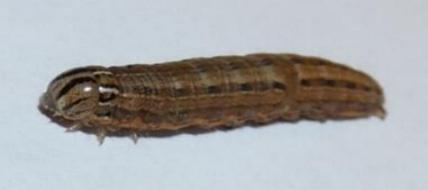
Each proleg is marked by a small black line.
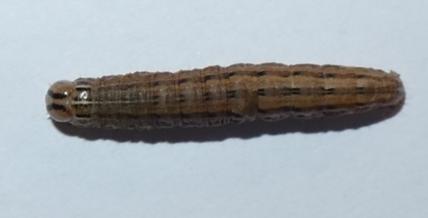
The caterpillar hides by day at the soil surface, and feeds nocturnally on :
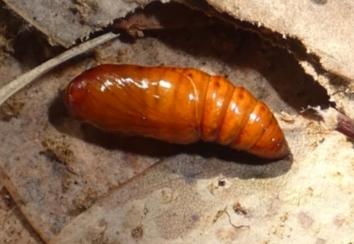
The caterpillar pupates in the soil. Caterpillars which pupated in June in Melbourne emerged as adults the following January.
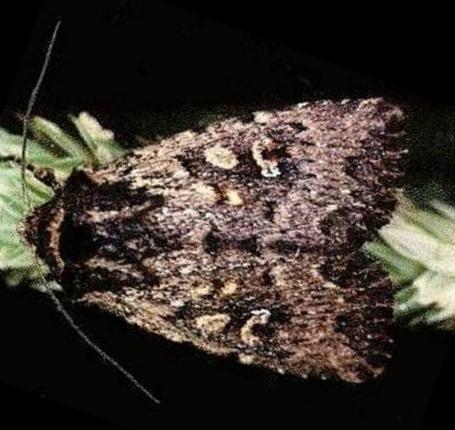
The adult moth has brown forewings with variable off-white, dark brown, and sometimes reddish markings. In its natural posture: pairs of dark marks on the hind margins of the forewings are aligned to show a sort of dumbbell shape.
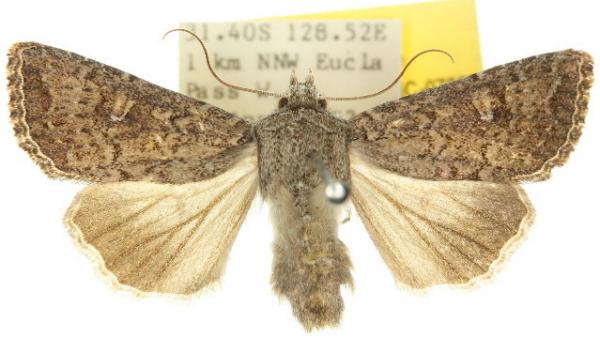
The hindwings are brown. The wingspan is about 3 cms.
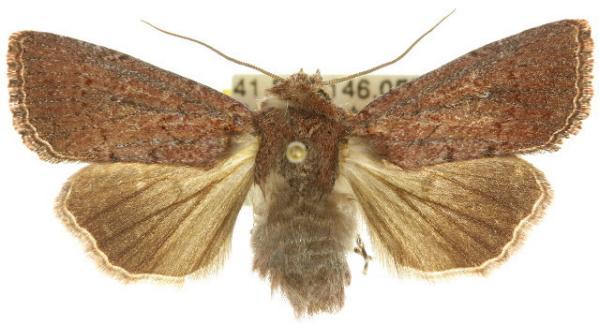
The species occurs in:
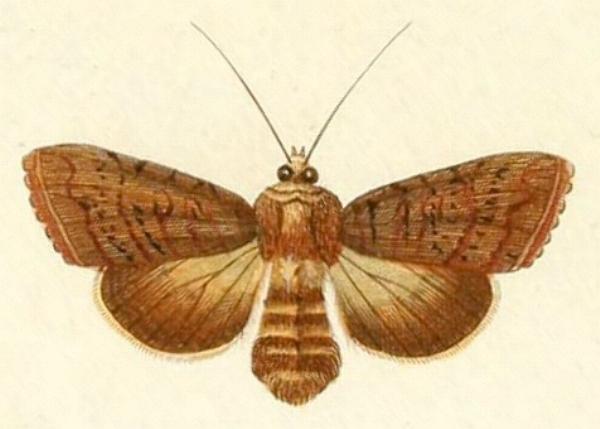
Further reading :
Ian F.B. Common,
Moths of Australia,
Melbourne University Press, 1990, fig. 49.20, pp. 65, 466.
Elie Jean Francois Le Guillou,
Description de huit espèces de Lépidoptères découvertes pendant le voyage de la Zélee,
Revue Zoologique par la Societe Cuvierienne,
Paris, 1841, p. 257, No. 5.
Peter Marriott & Marilyn Hewish,
Moths of Victoria - Part 9,
Cutworms and Allies - NOCTUOIDEA (C),
Entomological Society of Victoria, 2020, pp. 24-27.
 caterpillar |  butterflies |  Lepidoptera |  moths |  caterpillar |
(updated 12 April 2011, 30 January 2025)